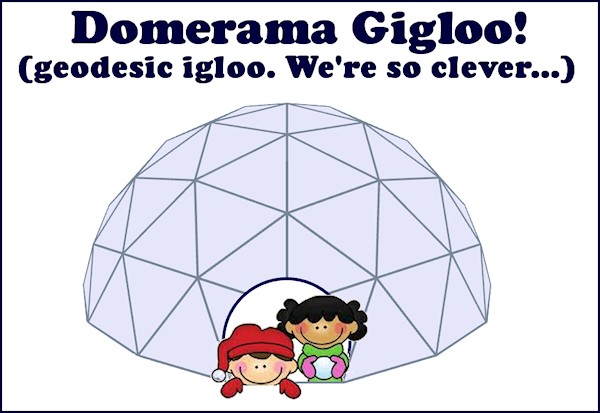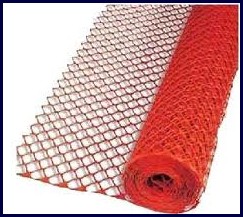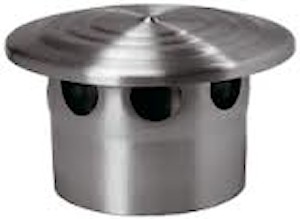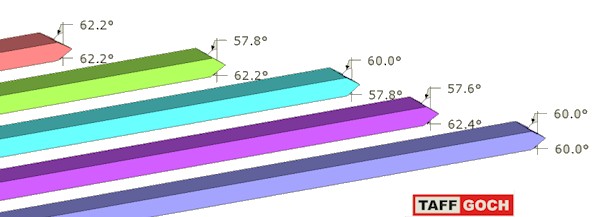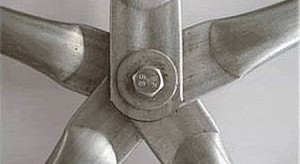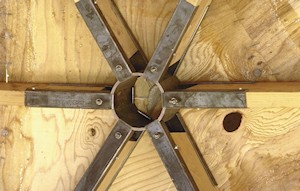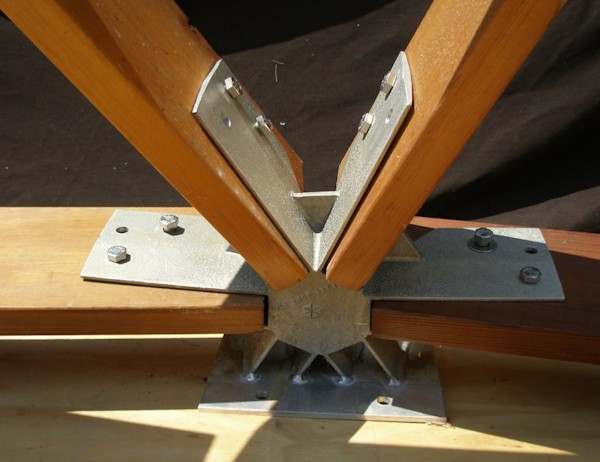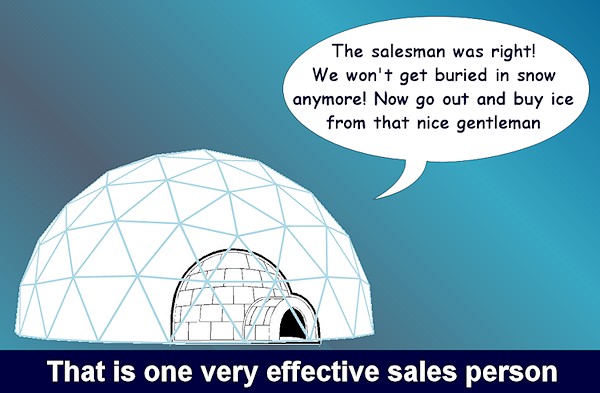Whenever I see this:

it reminds me of that stomach flu which landed me in the hospital a while back. Some months ago I came to learn about the Eden Biodome revolution book. Not a real revolution (and to most only a book in the technical sense), but disturbing enough to make an article about it. I am writing this article now because this is the time when many are planning their spring and summer projects, and the first step is to purchase books.
So many review sites reviewing just a single book…
I was surfing the web when I noticed yet another review site for this book.
![]()
This time I decided to dig deeper and find out why so many “review” sites were saying it was so good. Mr. Kacper M. Postawski sells “Eden biodome revolution” for $49.99 as an e-book. The name of the book is a way to capitalize on the Eden Project, the world’s biggest complex of greenhouses in Cornwall, U.K.
This particular “review” website is maintained by an alleged horticultural expert with a Master’s degree and over 18 published papers. We see images of this alleged expert, not in a dome, but in a regular greenhouse and outside. No geodesic greenhouse to be seen anywhere. Here is part of what he writes on the website:
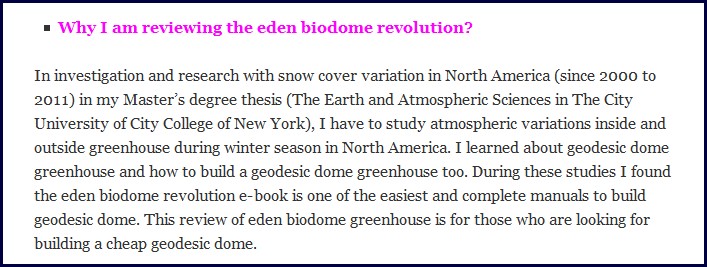
According to the review site, the only downside for this book is that it’s $49.99 for a limited time… Damn. I was expecting a set of steak knives and a second copy for the same price.
Also the same website uses this image as a background. It was a watermarked sample to stop people using unauthorized and illegally obtained graphics. A common mistake made by 6 year-olds.

Then I went to another “review site” which oddly enough, and for a second time, only reviewed one book: you guessed it, Eden biodome revolution. Jim turner was the reviewer’s name. On this one there was a video from Growing Spaces (they do sell impressive geodesic greenhouses, by the way). I talked to G.S and they were not happy that someone is using their content without their consent, especially since the biodome book is essentially geared to take business away from Growing Spaces .

On to the reviewed website
I then decided to visit the actual selling site for this “book”. It has the usual “buy now”, “it’s terrific” and my favorite: “$49.99 for a limited time”, the same price for the last 2-3 years. As a bonus you can apparently build a geodesic greenhouse for under $100!
Knowing the price of materials, I theorized this book was targeting the smurf community.

As I exited the website, a pop-up comes up, just like those scam sites that just don’t want you to leave before you give them money:

So what’s in that piece of.. I mean the book?
28 pages of ranting before you get to the the first step, more unauthorized images and to top it off, most of the “useful” information in the e-book is a collection of screen captures of geodesic websites to which he annotates. If I did not know any better, I would think he is stealing content. But I am certain this is simply a misunderstanding.
And if you don’t like the Eden Biodome revolution book, there is a money back guarantee. Having seen this book, I would expect many will take advantage of that specific offer. But that satisfaction guarantee may also be something lifted from another website…

Yet another graphic lifted without authorization
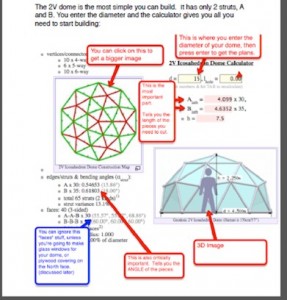
Typical content in the Eden biodome Revolution e-book: screen captures of a website with notes the author added




